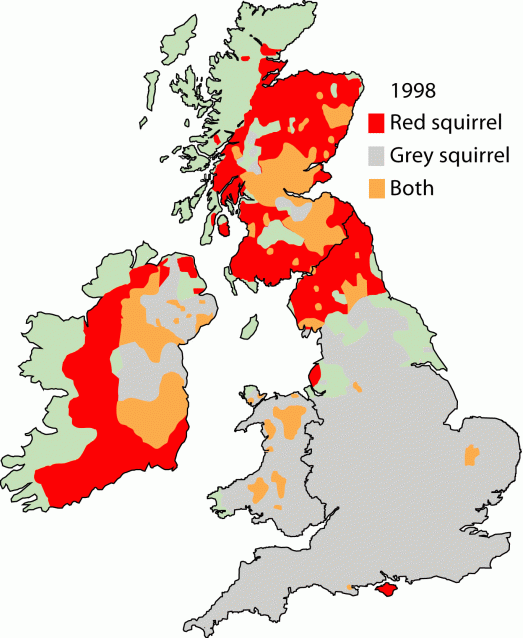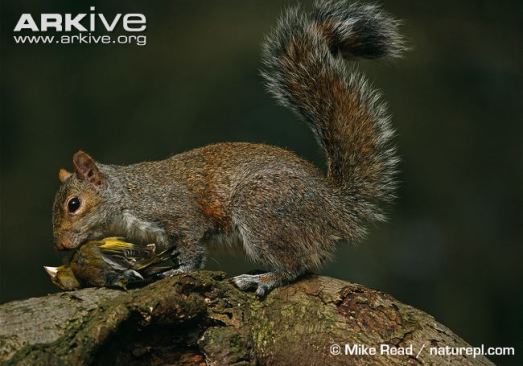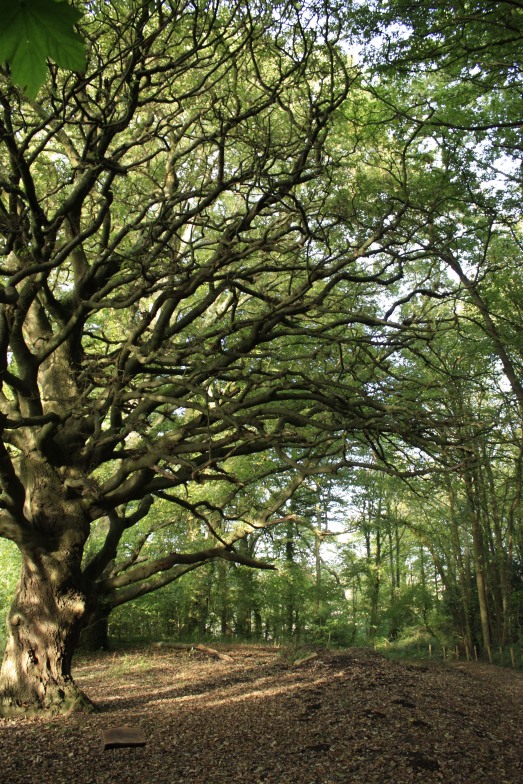Assessment Centre
On the 12th November we had our first assessment for this module. The workshop gave me a lot of feedback to work with for future interviews and greatly aided with my public speaking – one of my weaker points. It was also interesting to learn our personal traits through the Belbin’s test and discover what our respective roles would be within a working group. Though the email prioritisation was relatively straightforward, it was still interesting to see how we would differently prioritise the importance of the emails and act accordingly to each of the presented scenarios.
Careers Café
The 5th December was the Careers Café which was sure to have great insights on how to gain employment post-graduation and show the wide range of careers paths available. Unfortunately I was unable to attend due to adverse weather conditions preventing me from returning from a recruitment event. However this module’s content proved invaluable for this event. It taught me how to highlight my transferable skills from academia and voluntary work. The assessment centre also aided with one-on-one interviews. The recruitment event allowed me to experience a formal interview situation and learn what employers look for in their applicants.
CV
The preparation of the CV was of huge benefit due to producing a template that can be used for future job applications. This included learning the basic structure of the CV and how to keep it succinct yet aesthetic. It was useful to learn how to tailor the CV to each respective job by organising it so as to emphasise the most relevant points. This was illustrated by seeing the different designs of CVs i.e. experience and skills focused. Additionally the preparation of the cover letter aided in formal writing and how to support and complement our CV.
Dragon’s Den
The 17th February was the Dragon’s den exercise – a chance to develop our understanding of entrepreneur skills and pitch our ideas to a university panel. This was useful for learning the basics, and what to consider, when starting a business. It also helped build on the assessment centre workshop; encouraging efficient teamwork and utilising our strengths, whether they be at planning or marketing. The tight deadlines also helped improve our time management. This was also a rare chance to use creativity and inventiveness both in thinking of original business ideas and creating a promotional video.
Business Plan Essay
Though essential for entrepreneurs, the knowledge of how to prepare business plans proved beneficial for a range of careers. The plethora of different points addressed within the sections can be applied to multiple scenarios, both when applying for and working in different careers. For example, communicate accurately and succinctly is vital for public speaking and research proposals. Additionally the knowledge of a USP is vital for every business and for prospective employees to stand out from other candidates. Furthermore the SWOT analysis can be used to improve the efficiency and co-operation of a team or business and develop your personal work ethic.
How the Seminars have influenced my Career Plans
The seminars have complemented not only this module, but my course (zoology) as a whole. The variety of topics covered have given me knowledge in a variety of biological sciences which have proven useful for other assignments and modules. These seminars have also illustrated the array of different careers related to my chosen degree and interests – included career paths I hadn’t previously considered such as urban forestry. Though I am not yet sure on my ideal vocation, I now have more knowledge and understanding on topical research projects and conservation issues which I can become a part of.








